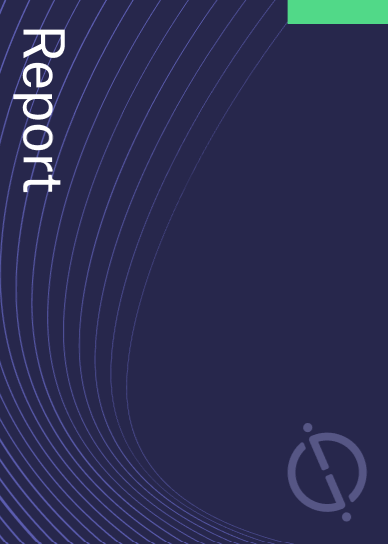Uni-President Enterprises. has filed a patent for a mobile manipulation control method for a legged mobile manipulator. The method involves obtaining current pose information, decomposing tasks into subtasks, generating motion trajectories, optimizing forces, calculating control quantities, and controlling the robot’s motion. The patent also includes a control system. GlobalData’s report on Uni-President Enterprises gives a 360-degree view of the company including its patenting strategy. Buy the report here.
According to GlobalData’s company profile on Uni-President Enterprises, Cancer treatment biomarkers was a key innovation area identified from patents. Uni-President Enterprises's grant share as of September 2023 was 59%. Grant share is based on the ratio of number of grants to total number of patents.
Mobile manipulation control method for a legged mobile manipulator
A recently filed patent (Publication Number: US20230311320A1) describes a mobile manipulation control method for a legged mobile manipulator. The method involves several steps to control the motion of the manipulator based on current pose information and a dynamic model.
The first step is to obtain the current pose information of the legged mobile manipulator. This includes pose information of the body and angle information of the supporting leg, swinging leg, and arm.
Next, the method decomposes a task received by the manipulator into multiple subtasks and prioritizes them. Using the current pose information and the dynamic model, a whole-body motion trajectory is generated for each subtask. The dynamic model combines a whole-body dynamic model based on all degrees of freedom of the manipulator and a simplified centroid dynamic model. An arm compensation term is introduced into the simplified centroid dynamic model.
Based on the dynamic model, the method finds the optimal plantar force of the supporting leg and the optimal end-of-arm force for each subtask. It also calculates the desired control amount of each joint of the manipulator using a multi-task space projection method.
Finally, with the whole-body dynamic model as a constraint, the method optimizes the optimal plantar force and desired control amount to obtain control torques of the joints. These control torques are then used to control the motion of the legged mobile manipulator.
The patent also describes a control system for implementing this mobile manipulation control method. The system includes a data acquisition unit, a motion trajectory generation unit, a solving unit, and a control torque acquisition unit. The data acquisition unit obtains the current pose information, the motion trajectory generation unit decomposes tasks and generates motion trajectories, the solving unit finds optimal forces and calculates desired control amounts, and the control torque acquisition unit optimizes forces and control amounts to obtain control torques for the joints of the manipulator.
Additionally, the patent describes an electronic device that can implement the mobile manipulation control method using a computer program stored in its memory. It also mentions a non-transitory computer-readable storage medium that stores the computer program for executing the method on a processor.
To know more about GlobalData’s detailed insights on Uni-President Enterprises, buy the report here.
Data Insights
From

The gold standard of business intelligence.
Blending expert knowledge with cutting-edge technology, GlobalData’s unrivalled proprietary data will enable you to decode what’s happening in your market. You can make better informed decisions and gain a future-proof advantage over your competitors.



